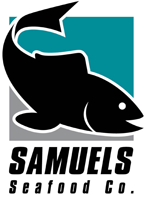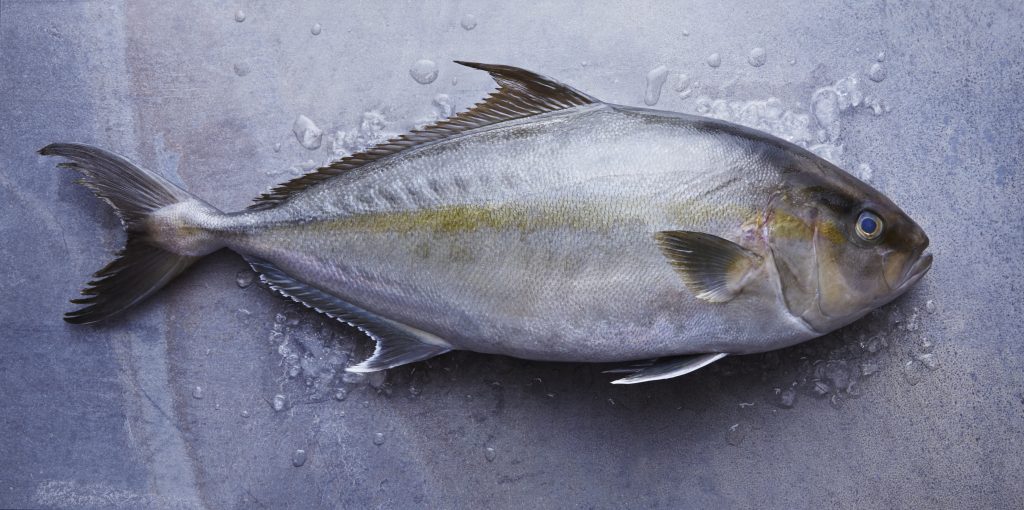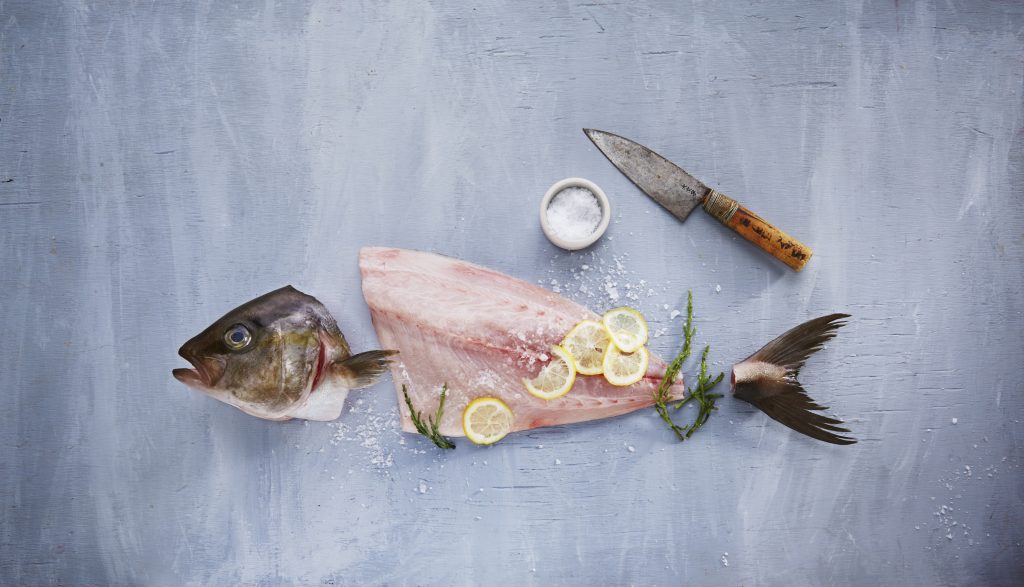Hawaiian Kanpachi
Common Names: Hawaiian Kanpachi, Kampachi, Almaco Jack, Yellow Kingfish, Longfin Yellowtail, Amberjack
AVAILABILITY Fresh
SEASONAL AVAILABILITY
Year Round Availability
CATCH and COUNTRY of ORIGIN
Sea Cage;
Kona, HI USA
SIZING
• Whole Fish
• Hand Cut Fillets
• Custom Cut Portions
FLAVOR PROFILE
Fresh, clean flavor with medium-firm texture and large flake. High fat content. raw flesh is dark pink to light pink and cooks up white.
COOKING TECHNIQUES
Grilling, Roasting, Broiling, Pan Searing, Frying, Steaming, Poaching, Smoking, Ceviche, Crudo.
PRODUCT INFO
Hawaiian Kanpachi™ has been rated a“Good Alternative” by the Monterey Bay Aquarium’s Seafood Watch program.
Blue Ocean Mariculture was founded in 2009 to pursue the sustainable farming of local Hawaiian marine finfish. Blue Ocean farms each of its fish to the highest standards of quality and taste, in an environmentally conscious and safe manner, and with deep respect for the oceans.
Hawaiian Kanpachi™ are farm-raised in the deep, open ocean waters off the Kona coast. Consistent water temperature, strong ocean currents, and a high capacity for renewal make these waters ideal for sustainable fin fish mariculture.
Blue Ocean operates a fully integrated mariculture facility, optimizing the life cycle of Hawaiian Kanpachi from hatch to harvest. All of their production begins with fertilized eggs from local brood fish, meaning no capture pressure on wild fish populations.
Juvenile fish from their hatchery facility are transferred off shore to open ocean net pens in the lee of Mauna Kea and Hualalai, some of Hawaii’s grandest mountains, where they are cared for, fed, and harvested.
Blue Ocean Mariculture employs a variety of sustainable farming practices to reduce our impact on ocean water quality, benthic health, and wildlife. Net pens are located in areas of high water exchange, fish stocking densities are restricted to preserve water quality, and feed events are visually observed to reduce the risk of waste and benthic buildup.








